Dr Kuldeep Singh Sachdeva is the Regional Director for South East Asia of the International Union Against Tuberculosis and Lung Diseases (The Union), a global scientific organization constituted to primarily eliminate TB while consolidating political support for it.
In a conversation, Dr Sachdeva tells Deepika Khurana that tuberculosis has been documented in Egyptian mummies and has a mention in the Vedas, including the most ancient of them, Rig Veda.
“So something that is as good as 20,000 years old, will take time to be completely eliminated,” he said.
Here are edited excerpts from the interview:
The National Tuberculosis Elimination Programme (NTEP) aims to eliminate tuberculosis (TB) in India by 2025, five years ahead of the global Sustainable Development Goal (SDG) target of 2030. Is this goal achievable, considering India accounts for one-fourth of all TB patients in the world?
Global Sustainable Development Goals (SDGs) have set the target of ending the TB epidemic by 2030. However, NTEP said we’ll do it five years in advance and for any health intervention, five years here and there is immaterial because it’s a population-level health intervention. That said, population-level interventions take their own course because it’s the response of the population to a certain set of information.
Second, if you look at other such goals, which are articulated by bodies such as United Nations, WHO, Global Fund, etc. they generally give a time frame to most of the interventions. Moreover, when you give a time frame, it’s your statement of intent. So when you publicly state your intentions to do something, you are making a public declaration. And when you make a public declaration, you are also internally motivated to act on it and put more resources into it. In such a scenario, you are not only trying to motivate yourself, but you are also motivating your machinery, which is government, health ministry and your people who will implement it on the ground. Besides, you are also trying to motivate stakeholders to invest, researchers and academicians to find new drugs as well as diagnostics. So any statement of intention has multiple objectives behind it.
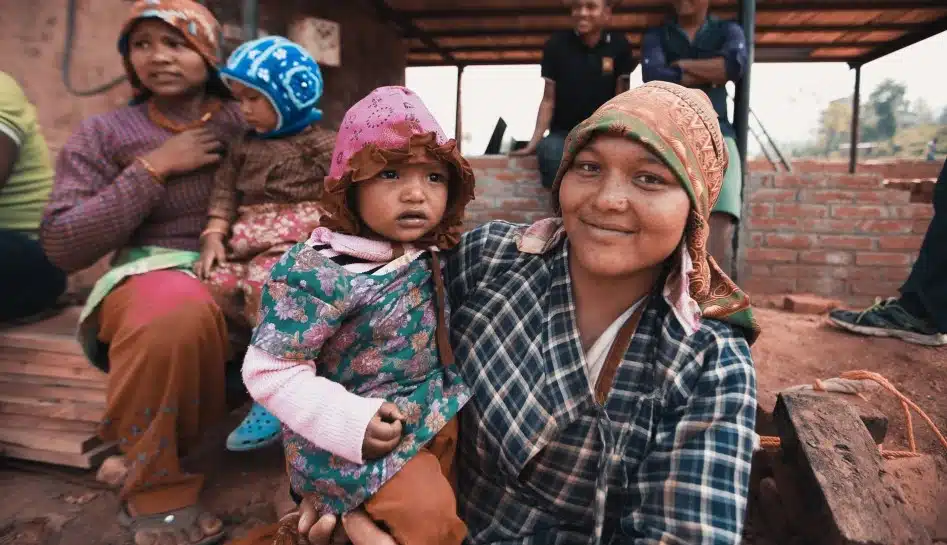 Sometimes, it’s also an advocacy tool — not only with yourself, but also on a global forum. So from that point of view, it’s a very positive statement of intention, it’s a very good advocacy tool. However, the timelines, I feel are not very sacrosanct because what’s important is that you put all your resources together and everything starts rolling.
Sometimes, it’s also an advocacy tool — not only with yourself, but also on a global forum. So from that point of view, it’s a very positive statement of intention, it’s a very good advocacy tool. However, the timelines, I feel are not very sacrosanct because what’s important is that you put all your resources together and everything starts rolling.
What is the roadmap to eliminating TB from India by 2030? What challenges and opportunities do you foresee to achieve this target?
The TB has been known to mankind since 20,000 years ago. It has been documented in Egyptian mummies. Also, it has a mention in the Vedas, including the most ancient of them, Rig Veda. So something which is as good as 20,000 years old, will take time to be completely eliminated.
In fact, talk about TB elimination only started in the last four or five years. But the fact that people are talking about it means there are certain developments, certain tools which are available that make you confident enough to say that you can eliminate the disease. Certainly, we now have new drugs that are very potent and can give almost 100 percent cure. Similarly, we have very good diagnostics which can diagnose TB very accurately and that gives scientists confidence. Also, now we have management paradigms and the confidence of implementing projects. For instance, if we could eliminate polio successfully, we could even eradicate TB, it’s a matter of time.

TB is highly stigmatized in our country. Are there any government initiatives to address the problem of stigma and discrimination?
TB is a stigma in our country. Stigmas are beliefs, and for people to let go of their beliefs takes ages. But a couple of reports on stigma and discrimination reveal that slowly it has come down to 20 percent to 30 percent. That said, when you set up a target, you’re also trying to reach out to and involve your parliamentarians, legislators and ordinary people and ask them to adopt TB patients. So, in a way, you are bringing this into normal life discourse, and something which gets into your day-to-day discussions automatically gets destigmatized.
Besides, TB champions are also being encouraged to come forward and support TB programs. TB champions are people who themselves have suffered TB and as of now we have lakhs of TB champions who are supporting the cause and in return are being incentivized by the government. Besides, we also have Bollywood celebrities like Amitabh Bachchan who are joining the cause. So, with more and more people coming forward and talking about TB, it will eventually get destigmatized. At least in cities, a lot of it has changed already.
Do you think policy interventions are critical to eliminating TB in India?
Of course, policy interventions are the most critical. When I was a clinician, I would see 30 – 50 patients a day. But today, as a public health person, when I write a policy, it benefits lakhs and crores of people. In fact, as a part of policy intervention, every year in our country, we’re screening close to 20 crore population for early detection and treatment of TB. But if there was no policy, then we couldn’t have reached where we are today.

Earlier, the diagnostic test available for TB had a sensitivity of 50 percent and the cost of the test was Rs 50. In comparison, the newer diagnostic tests that have become available have a sensitivity of 100 percent. Resultantly, we can diagnose at least 90-97 people, if not 100. And as a part of policy intervention, these newer tests are available for free, across the country. So policy interventions have a huge role in the larger public good.
What new tools and technologies can be deployed in the diagnosis, prevention and management of TB?
The reason we can even talk of TB elimination today is because we are spoilt for choice in terms of diagnostics and drugs. In 2012, we had only one test, called Gene-Xpert, a catridge based nucleic acid amplification test available but now we have at least 40 manufacturers who offer TB-specific tests. As a result, costs have come down drastically, availability is very wide and these tests are very accurate. Similarly, in the case of treatment, for drug-resistant TB, initially the treatment used to last for a minimum of two to three years, but now it has been reduced to six months. Also, earlier, we never had a treatment to prevent TB, but now because of better management tools and administrative skills, a lot of innovations and technologies are available which has made TB prevention a reality. However, one piece which is currently missing is the vaccine. Even though we have the BCG vaccine which is given to every child at birth, that’s not 100 percent protective. A new TB vaccine is expected to be rolled out soon, however, even that is not going to be a 100 percent protective vaccine, like we had one for COVID. But it is expected to be a game changer because, when you talk of mass protection, even 50 percent protection is very good for a larger public.
India tops the world in unreported TB cases. What does this mean for the fight against TB in India?
As mentioned earlier, the initial paradigm of passive case finding is being relegated to a secondary position. Initially, the accountability for diagnosis was with the patient but now the accountability is with the health system. This means the program or the people who are reaching out to the patients are the ones responsible for their health. These are the people who go door to door and ask people if they have symptoms of TB. and will help them get screened and will assist in seeking proper treatment. So that change in paradigm is the push that we’re getting with the reinvigorated program. This paradigm shift will help us bridge the gap between patients who go unreported, primarily because they are not coming on their own. But now we are reaching out to them.
To a large extent, the gap has been bridged. About five years ago, we were talking about 10 lakh unreported cases every year, but that number has reduced to somewhere 2 lakhs now. Not that the gap doesn’t exist anymore, but it has been reduced to a large extent.
What are some of the innovative strategies adopted by India in terms of the tuberculosis elimination that other Asian countries can adopt to curb the burden of diseases like TB?
For TB elimination, there’s a concept or a model where intermediaries are involved in our country to engage private-sector doctors treating patients for TB. These intermediaries are the private patient-provider support agencies (PPSA) engaged by the government.
People sometimes don’t come to the government because of a lack of trust, or they find it difficult to negotiate the system. So these PPSAs, which are funded by the government, act as an intermediary between the patient and the system. These could be some formal organizations or NGOs and they provide end-to-end services, such as diagnosis, notification, patient adherence and support, and treatment linkages.
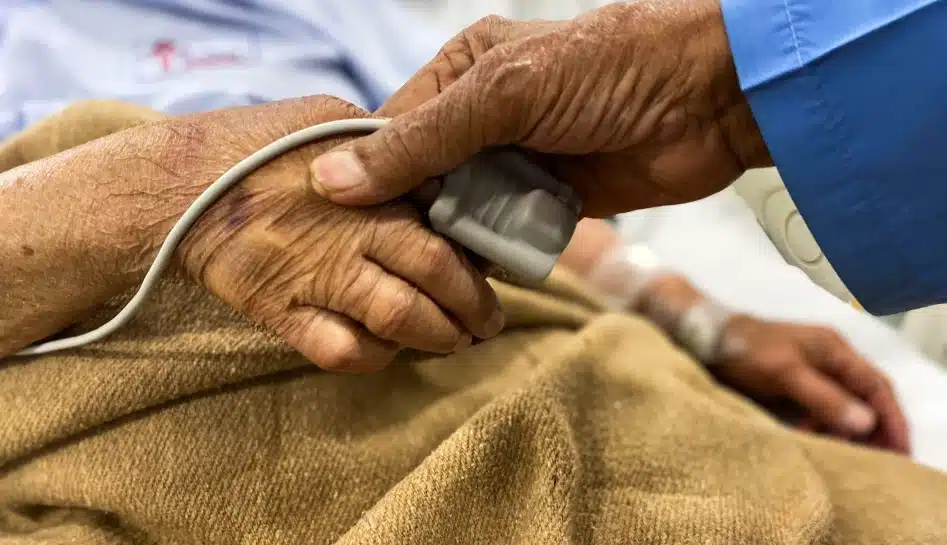
In 2012, private sector patients of whom the government had some knowledge were 3000. In 2022, that number grew to more than seven lakhs and this was done by the patient-provider support agencies.
The other strategy is something like what the International Union Against Tuberculosis and Lung Disease is doing by engaging corporates to support and sponsor TB patients or the community.
The third such initiative is a scheme called Ni-kshay Mitra to support TB patients. As a result of this initiative, almost 12-13 lakh patients have been adopted. This is a sort of crowdfunding and has been very effective.
Is the rising rate of superbug TB threatening to derail decades of progress against the disease? If so, how can we tackle this problem?
I’m not denying that the superbug is not there. If you look at the data on drug resistance, over decades, the rates are almost constant or have come down. In patients who are treatment-naive, these rates were less than 3 percent, and for the ones who are treatment-experienced, these rates have come down from 20 percent to somewhere between 10 percent to 14 percent. That’s largely because of the new drugs, new diagnostics, new laboratories available and also an intervention where when new drugs were invented for TB after a gap of 60-70 years. The government has introduced a concept called conditional access to prevent its misuse. So, if a healthcare professional needs a new drug, they’ll have to share information about the diagnosis of the patient – how you reached the stage? Was your diagnosis correct? If yes, share a report on the patient’s progress every month. One can assess those drugs only through a channel. Basically, it’s an effort to preserve those drugs as we know superbug will arise only when we misuse or overuse drugs.
Also Read : Developing medication that treats Tuberculosis in 3 months: Bill Gates




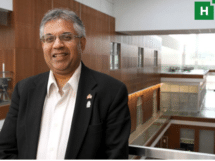
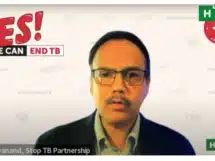


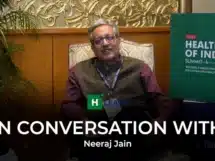









Add Comment